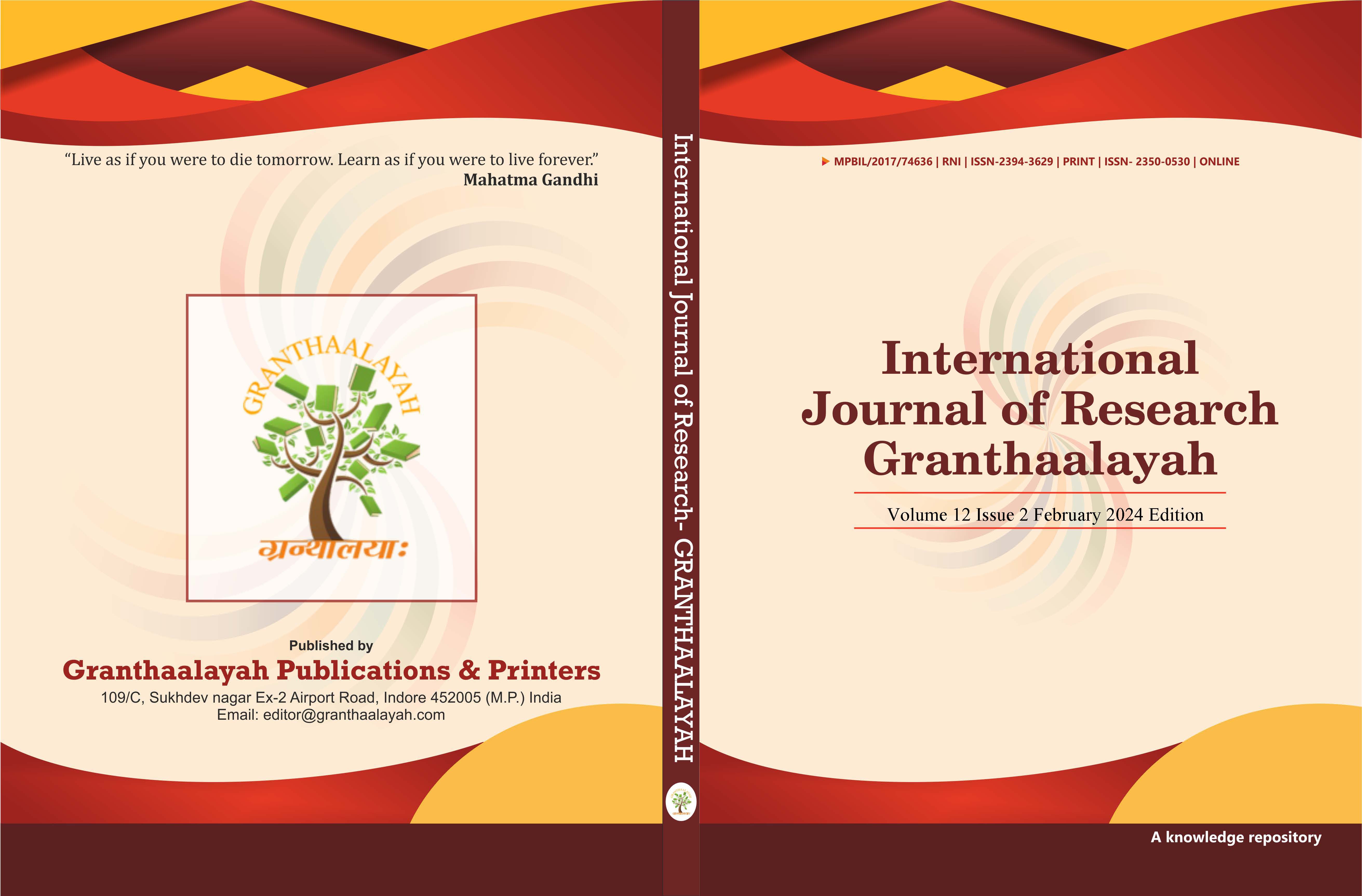A COMPARATIVE STUDY OF PSYCHOLOGICAL VARIABLES OF STATE AND NATIONAL LEVEL TENNIS PLAYERS
DOI:
https://doi.org/10.29121/granthaalayah.v12.i2.2024.5515Keywords:
Tennis, Mental Imagery, Mindfulness, Sports PerformanceAbstract [English]
The present study aimed to understand the relationship between mindfulness, mental imagery, and subjective sports performance satisfaction. This study was done on male tennis players aged 18 to 28 years who play competitive tennis at the State and National Levels in India. The tools used to measure the variables were The Mindfulness Attention Awareness Scale (MAAS) by Brown & Ryan (2003), Sports Imagery Ability Questionnaire by Williams & Cumming (2014) and Athlete’s Subjective Performance Scale (ASPS) by Nahum et al. (2016). The results of the study show that the national-level tennis players had better self-reported satisfaction scores than the state-level players. Zero-order correlations showed that there was a statistically significant, moderate, positive correlation between Mindfulness and mental imagery (r(53) = -.304, n = 55, p < .05), indicating that subjective sports performance satisfaction had very little influence in controlling for the relationship between Mindfulness score and mental imagery.
Downloads
References
Brown, K.W., & Ryan, R.M. (2003). The Benefits of Being Present: Mindfulness and Its Role in Psychological Well-Being. Journal of Personality and Social Psychology, 84, 822-848. https://doi.org/10.1037/0022-3514.84.4.822 DOI: https://doi.org/10.1037/0022-3514.84.4.822
Chelladurai, P., & Riemer, H. A. (1997). A Classification of the Facets of Athlete Satisfaction. Journal of Sport Management, 11, 133-159. https://doi.org/10.1123/jsm.11.2.133 DOI: https://doi.org/10.1123/jsm.11.2.133
Cohen, J. (1988). Statistical Power Analysis for the Behavioral Sciences. New York, NY: Routledge Academic.
Hedges, L. V., & Olkin I. (1985). Statistical Methods for Meta-Analysis. San Diego, CA: Academic Press.
Hedges, L. (1981). Distribution Theory for Glass's Estimator of Effect Size and Related Estimators. Journal of Educational Statistics, 6(2), 107-128. https://doi.org/10.3102/10769986006002107 DOI: https://doi.org/10.3102/10769986006002107
Munroe, K. J., Giacobbi, P. R., Hall, C., & Weinberg, R. (2000). The Four Ws of Imagery Use: Where, When, Why, and What. The Sport Psychologist, 14, 119-137. https://doi.org/10.1123/tsp.14.2.119 DOI: https://doi.org/10.1123/tsp.14.2.119
Nahum, O., Ben-Ami, M., Cohen, D., & Shivek, A. (2016). Athlete's Subjective Performance Scale (ASPS). https://doi.org/10.13140/RG.2.2.15985.51048
Pineau, T. R., Glass, C. R., & Kaufman, K. A. (2014). Mindfulness in Sport Performance. In A. le, C. T. Ngnoumen, & E. J. Langer (Eds.), The Wiley Blackwell Handbook of Mindfulness, 1004-1033. Wiley Blackwell. https://doi.org/10.1002/9781118294895.ch52 DOI: https://doi.org/10.1002/9781118294895.ch52
Salmon, J., Hall, C., & Haslam, I. (1994). The Use of Imagery by Soccer Players. Journal of Applied Sport Psychology, 6(1), 116-133. https://doi.org/10.1080/10413209408406469 DOI: https://doi.org/10.1080/10413209408406469
Williams, S. E., & Cumming, J. (2014). The Sport Imagery Ability Questionnaire Manual. Birmingham. http://dx.doi.org/10.13140/RG.2.1.1608.6565
Published
How to Cite
Issue
Section
License
Copyright (c) 2024 Dr. Surender Singh, Karan Singh, Dr. Vikram Singh

This work is licensed under a Creative Commons Attribution 4.0 International License.
With the licence CC-BY, authors retain the copyright, allowing anyone to download, reuse, re-print, modify, distribute, and/or copy their contribution. The work must be properly attributed to its author.
It is not necessary to ask for further permission from the author or journal board.
This journal provides immediate open access to its content on the principle that making research freely available to the public supports a greater global exchange of knowledge.






























